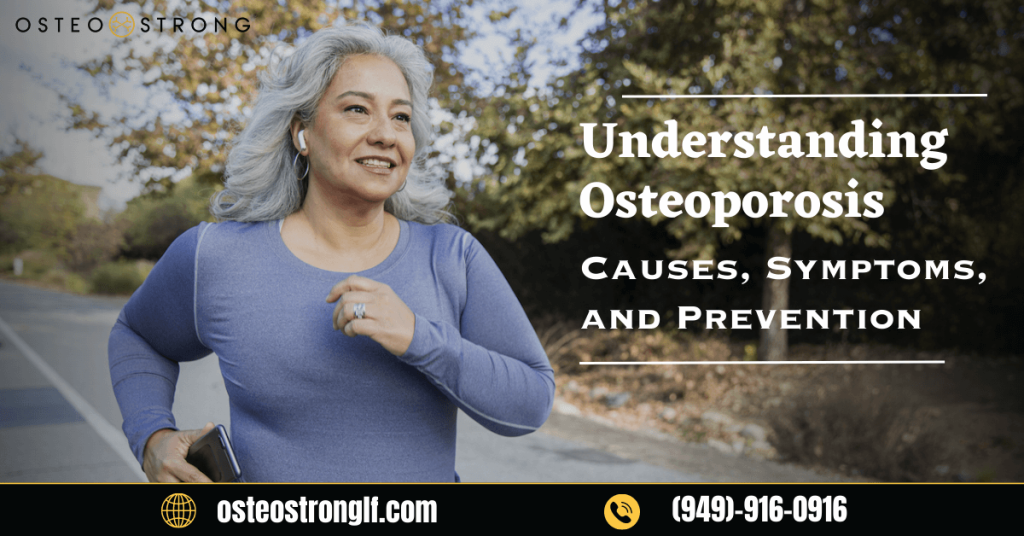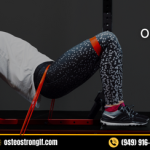
Osteoporosis is a disease that weakens bones and makes them more susceptible to fractures. It’s a common condition that affects millions of people around the world, particularly women. Osteoporosis is often referred to as a silent disease, as it can develop slowly over time, without any noticeable symptoms until a bone is fractured.
In this article, we’ll take a closer look at what osteoporosis is, its causes, symptoms, and most importantly, how to prevent it.
Understanding The “Silent Disease”
Osteoporosis, also known as the “silent disease,” is a condition in which bones become weak and fragile, making them more prone to fractures. It happens when the body loses too much bone or makes too little bone, or even both.
Bones are living tissues that are constantly being broken down and rebuilt. In healthy individuals, new bone is produced faster than old bone is broken down. However, in those with osteoporosis, bone loss occurs faster than new bone growth. And it almost always happens to people over the age of 50.
What Causes Osteoporosis?
There are several risk factors that can increase the likelihood of developing osteoporosis, including:
Age
Family History
Hormone Levels
Certain Medical Conditions
Certain Medicines
Osteoporosis Symptoms That You Should Look Out For
- Back pain: Osteoporosis can cause a gradual compression of the spinal vertebrae, leading to chronic back pain.
- Loss of height: Osteoporosis can cause the vertebrae to collapse or compress, resulting in a loss of height over time.
- Stooped posture: When the bones in the spine weaken, it can cause a curvature of the spine, resulting in a stooped posture.
- Bone fractures: People with osteoporosis are more likely to suffer bone fractures, especially in the hip, wrist, or spine. These fractures can occur with minimal trauma, such as a fall or a minor bump.
- Weak and brittle nails: Osteoporosis can also cause changes in the nails, making them weak and brittle.
- Tooth loss: Osteoporosis can lead to tooth loss, as the bones supporting the teeth can weaken and shrink.
- Decreased grip strength: Osteoporosis can cause a decrease in grip strength, making it difficult to perform daily activities.
Prevention Is Better Than Cure
Even though you have a high chance of developing osteoporosis as you grow older, there are several things you can do to help prevent it or reduce your risk of developing it. Fortunately for you, here are some of the best ways to prevent osteoporosis:
Get Enough Calcium and Vitamin D
Limit Alcohol Intake
Quit Smoking
Getting A Test for Your Bone Density
Getting Engaged with Weight-Bearing Exercises
Visiting Your Nearest Osteostrong Health and Wellness Center
Keep Your Bones In Tip-Top Shape with Osteostrong’s Care
Even though osteoporosis is a common condition that can develop slowly over time, there are several things you can do to help prevent it. By taking note of the prevention tips listed above, you can help protect your bone health and reduce the risk of osteoporosis as you grow older. So, what are you waiting for? Invest in your bone health today – it’s worth it!
Join the Osteostrong community and start achieving your health and fitness goals today!




